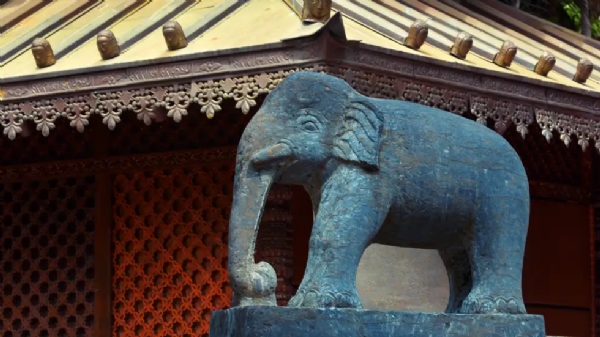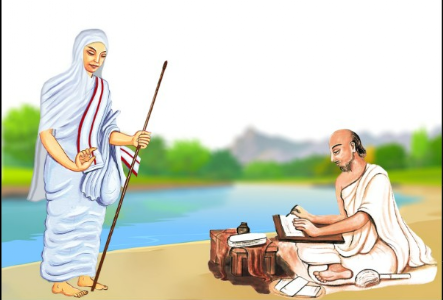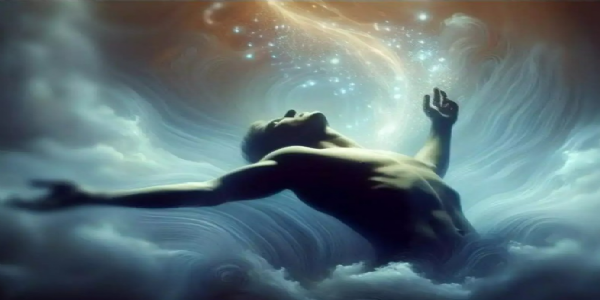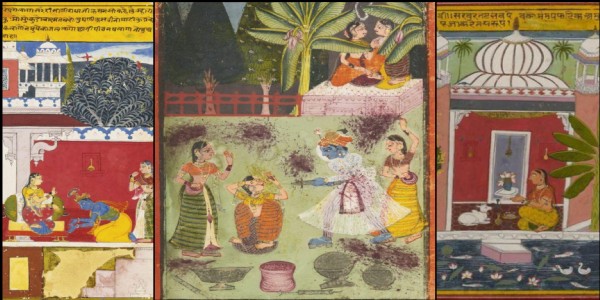2,300 years old Buddhist elephant sculpture unearthed in Odisha
The elephant statue is very similar to one found at Dhauli, also known as Dhaulagiri, an ancient center of Buddhism about 12 miles (19 kilometers) upstream.
Total Views | 195
Bhubaneshwar, Jun 12: Archaeologists in the east Indian state of Odisha have unearthed a statue of an elephant , that was assumedly carved about 2,300 years ago, when Buddhism was the main religion in the region.

The statue is about 3 feet (1 meter) high and carved from rock in the same style as other Buddhist statues of elephants found across the state of Odisha. Historian Anil Dhir and other members of an archaeological team from the Indian National Trust for Art and Cultural Heritage (INTACH) unearthed the statue in April at a village on the banks of the Daya River in Odisha's Puri District. The news was disclosed recently.
According to reports, "We were surveying the Daya River Valley to document its heritage. This area is rich in artifacts from ancient Buddhism which flourished here." The team found several other buried archaeological relics around the village, including architectural pieces from a Buddhist temple, he added.
The elephant statue is very similar to one found at Dhauli, also known as Dhaulagiri, an ancient center of Buddhism about 12 miles (19 kilometers) upstream, Dhir said. That statue has been dated to between 272 B.C. and 231 B.C.
Significance of Elephant in Buddhism
According to folklore and study, in 563 BCE, Queen Māyā of Shakya, residing in the ancient city of Kapilavastu located in present-day Nepal, conceived a child. But she knew from the start that this was no ordinary baby. Legends say Maha Maya dreamt that a white elephant with six tusks entered her right side during her pregnancy.
The interpretation of this dream was that the child in her womb would either go on to become a world ruler or a Buddha. And sure enough, she soon gave birth to Siddhartha Gautama — more popularly known as the Buddha ("the awakened").
Meanwhile, according to various Buddhist scriptures and the Jataka Tales, Buddha, in his previous births as Bodhisattva, incarnated in the form of an elephant. And this is hardly the only story to hint at the strong link between Buddhism and elephant symbolism worldwide.
--
Bharati Web






